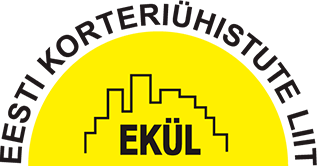Estonia, KredEx – A Deep Renovation model for Europe
07.11.2021Estonia has a long-term renovation strategy target of 14,000 renovated apartment building in 2020-2050. The KredEx renovation grant system has brought on significant results in deep renovation. Since the first scheme of the grant system, there are improvements in ventilation requirements.
Estonia has achieved great results in deep renovation, thanks to the KredEx renovation grant system. Backed by the EU since its 2010 kick-off, KredEX features strict technical requirements, focusing on high-level energy efficiency and indoor climate conditions.
Large-scale renovation has generated positive effects on the macroeconomic level, quantified in terms of job creation and tax return. All in all, 17 jobs per 1 million euros of investment in renovation have been created directly and indirectly per year in Estonia. Tax revenue from renovation construction projects has been quantified to be 32–33 % of the total renovation project costs. Therefore, evidence from Estonia shows that a state subsidised renovation has been, in practical terms, budget neutral with direct financial support of 25–40 % used in last 10 years.
During this decade, around 1,100 apartment buildings have been renovated. Energy efficiency and indoor climate conditions comparable to modern apartment buildings have been achieved with deep integrated renovation. At the same time, it’s worth taking note that the cost of deep renovation is approximately 3–4 times lower than building a new apartment building. This is a good start, but the volume needs to be increased to catch the long-term renovation strategy target of 14,000 renovated apartment building in 2020-2050.
Read more from Decarbon-Home blog: https://decarbonhome.fi/estonia-kredex-a-deep-renovation-model-for-europe/
Author: Jarek Kurnitski, professor at the Tallinn University of Technology, a distinguished researcher in the field of energy performance and indoor climate of buildings



